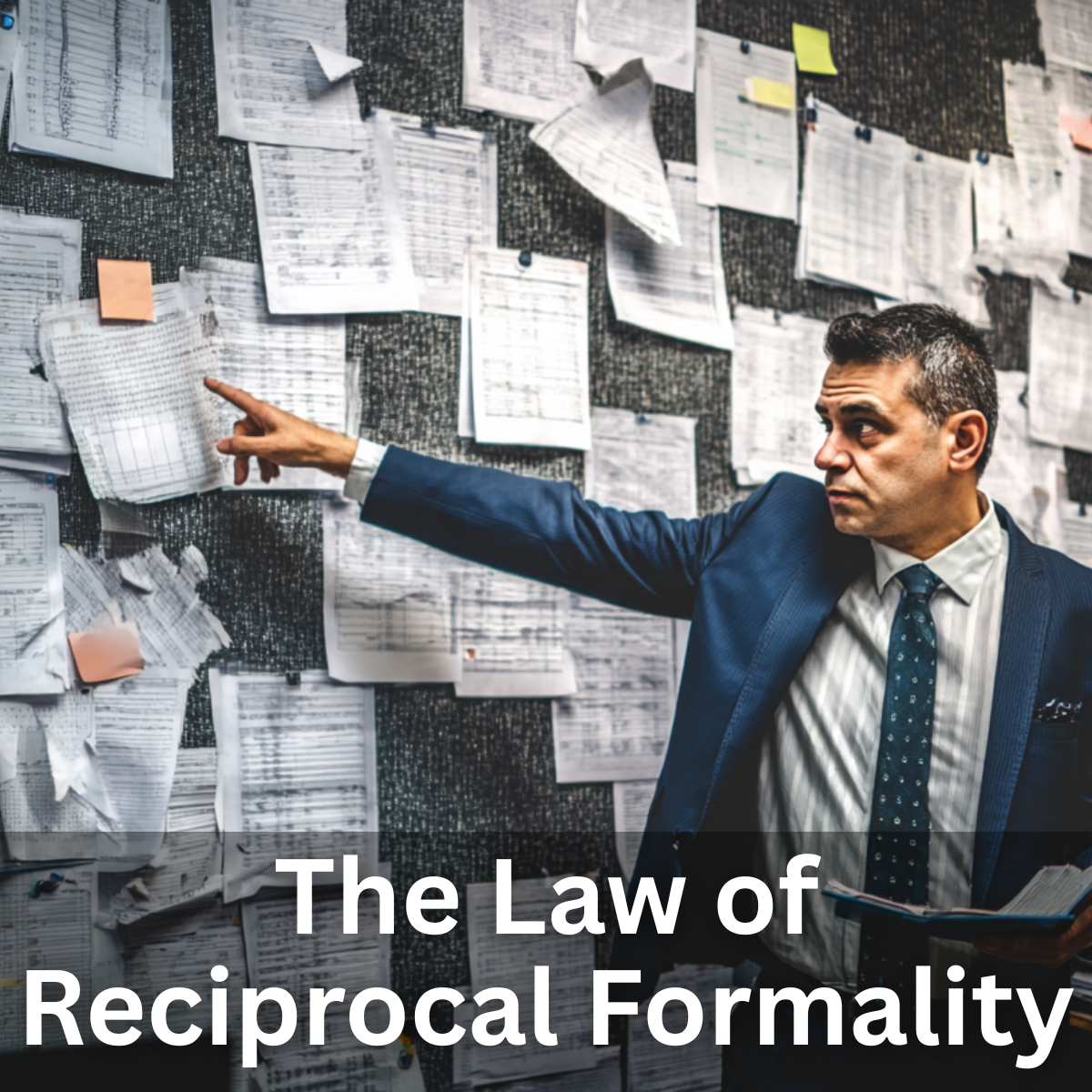You may not have heard of this, but there is a famous study called the Jam Study, conducted in 2000 by Sheena Iyengar and Mark Lepper. The study sparked significant interest, debate, and controversy because it proposed that when people are presented with too many options, they are less likely to buy. The initial experiment demonstrated that when customers were offered 24 gourmet jam varieties rather than 6, they were significantly less likely to purchase anything. This became a highly referenced study in the field of consumer behavior.
Although there have been questions about its replicability in less controlled circumstances, many people connected with the idea because we have all felt that same angst. When presented with a sea of possibilities, we often become paralyzed. The concept quickly became further evidence for the long-discussed theory that performance degrades when people are presented with too many, or even unlimited, options. Psychologist Barry Schwartz later expanded on this in his book The Paradox of Choice: Why More Is Less.
In his work, he documented how an abundance of options can degrade performance through the following mechanisms:
- Decision paralysis: Too many choices cause people to delay or avoid decisions.
- Cognitive overload: Mental resources become depleted when evaluating endless possibilities.
- Increased regret and dissatisfaction: More options fuel “what if” thinking.
- Escalating expectations: Unlimited possibilities raise the bar for what counts as a “good” outcome.
On a personal level, I can attest to this issue growing up. I’m sure others have experienced it as well. I was an average kid, but I had a knack for creativity. I could imagine many possibilities and could see a path toward completing almost any task, though I rarely actually completed the tasks I envisioned. One of my biggest struggles was figuring out what I wanted to be when I grew up. I never really settled on an answer, and to this day I’m still not quite sure. I think my confidence in my abilities may have led me to the kind of paralysis Schwartz described.
I see this same trait in teams. On our team right now, for example, we are developing a product with nearly unlimited possibilities. This is exciting, but it can feel like being in a small submarine exploring the bottom of the Pacific Ocean. Where do we start? What do we work on first? Unlimited potential can be a curse when trying to choose a direction. It’s a difficult paradigm to manage; an environment full of opportunity also provides countless distractions and rabbit holes.
Some call this decision fatigue, but I think it’s more about being overwhelmed by so much potential that narrowing down to a single path becomes difficult. The solution is simple in theory but challenging in practice: filter out options, narrow the focus, and choose “good enough” over “perfect” where possible. The hard part, of course, is deciding what to filter out.
As leaders, our responsibility isn’t to chase every possibility but to create the conditions for clarity. Teams thrive when direction is chosen, priorities are understood, and distractions are intentionally removed. When we filter out the noise, we give our people the gift of focus, and with focus comes real progress. Unlimited potential becomes a strength again when it is channeled rather than explored all at once.




